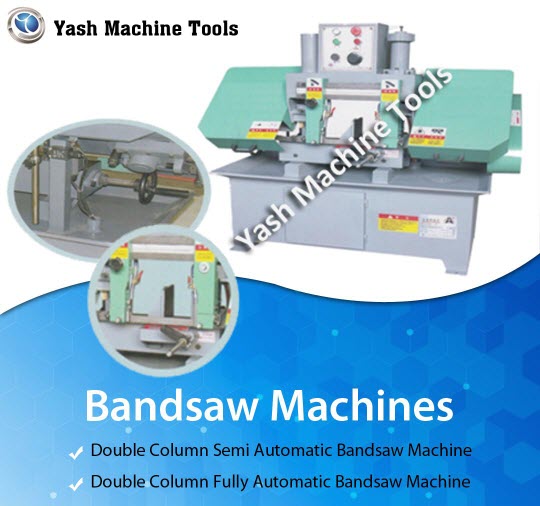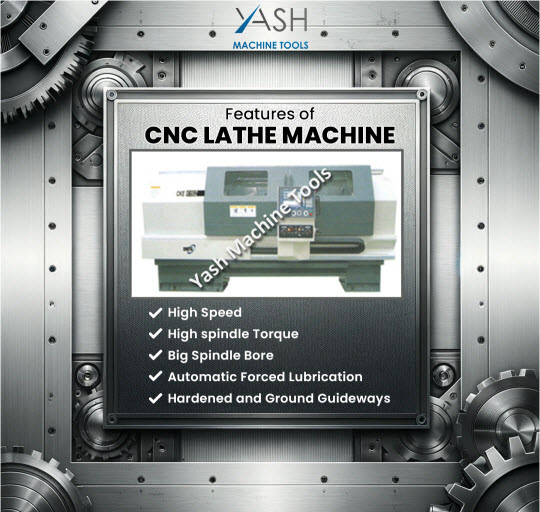Bandsaw machines have become the backbone of the cutting industry, revolutionizing the way materials are sliced and shaped. From woodworking to metalworking, these versatile tools have proven their mettle in various applications.
Introduction
Bandsaw machines, a staple in modern cutting workshops, are a testament to the evolution of cutting technology. In an industry that demands precision and efficiency, these machines have risen to the occasion, providing solutions that surpass traditional cutting methods.
Types of Bandsaw Machines
Horizontal Bandsaw
Horizontal bandsaws are known for their ability to make straight cuts in large workpieces. Their horizontal orientation allows for easier handling of heavy materials, making them a go-to choice for metalworking industries.
Vertical Bandsaw
Vertical bandsaws, on the other hand, offer the flexibility of making intricate curved cuts. Their upward blade movement and fixed table make them ideal for detailed woodworking projects, where precision is paramount.
Dual Column Bandsaw
The dual column bandsaw combines the best of both worlds, offering versatility in both straight and curved cutting. This makes it a preferred choice for workshops dealing with a variety of materials.
Components and Working Mechanism
Understanding the components of a bandsaw is crucial to comprehend its working mechanism. The blade, motor, table, guides, and tensioning system work in harmony to achieve the desired cuts.
Applications in Woodworking
Woodworkers benefit from bandsaw machines in various ways. From precision cutting to resawing and curve cutting, these machines have become indispensable in the woodworking arsenal.
Applications in Metalworking
In metalworking, bandsaw machines showcase their prowess by efficiently cutting through various metals. The ability to handle different materials adds to their allure in metal industries.

Advantages Over Other Cutting Tools
Precision, efficiency, and reduced material wastage set bandsaw machines apart from other cutting tools. Their ability to handle diverse materials with ease makes them a preferred choice in the industry.
Selecting the Right Bandsaw Machine
Choosing the right bandsaw machine involves considering the material, size, and additional features. This ensures optimal performance and longevity of the machine.
Maintenance Tips for Bandsaw Machines
Proper maintenance, including blade care, lubrication, and regular inspections, is vital for the longevity and efficiency of bandsaw machines.
Safety Measures
Emphasizing safety in bandsaw usage is paramount. Following proper guidelines and utilizing safety accessories are essential for accident-free operations.
Latest Technological Advancements
Bandsaw machines are not immune to technological advancements. Automation features, digital controls, and smart cutting technologies are shaping the future of these machines.
Bandsaw Machines in Artistic Applications
Beyond industrial use, bandsaw machines find applications in artistic endeavors such as sculpting and crafting intricate designs. Their precision and versatility contribute to the creation of unique pieces.
Environmental Impact
The environmental impact of bandsaw machines is a critical consideration. Their energy efficiency and potential for recycling contribute to a more sustainable cutting industry.

Future Trends in Bandsaw Technology
As technology evolves, bandsaw machines are expected to follow suit. Innovations on the horizon include integration with other technologies, paving the way for even more efficient and advanced cutting solutions.
Conclusion
In conclusion, bandsaw machines have become an integral part of the cutting industry, offering precision, efficiency, and versatility. As we look toward the future, these machines are poised to continue shaping the way we cut and shape materials.
FAQs About Bandsaw Machine
Are bandsaw machines suitable for both wood and metal cutting?
Yes, bandsaw machines are versatile and can handle a variety of materials, including wood and metal.
What safety precautions should one take when using a bandsaw machine?
Safety measures include following proper guidelines, wearing protective gear, and using safety accessories.
Can bandsaw machines be used for artistic purposes?
Absolutely, bandsaw machines are employed in artistic applications such as sculpting and crafting intricate designs.
How do I choose the right bandsaw machine for my workshop?
Consider factors like the type of material, size, and additional features to select the most suitable bandsaw machine.
Are there any upcoming technological advancements in bandsaw technology?
Yes, the future of bandsaw technology includes innovations like automation features, digital controls, and smart cutting technologies.



